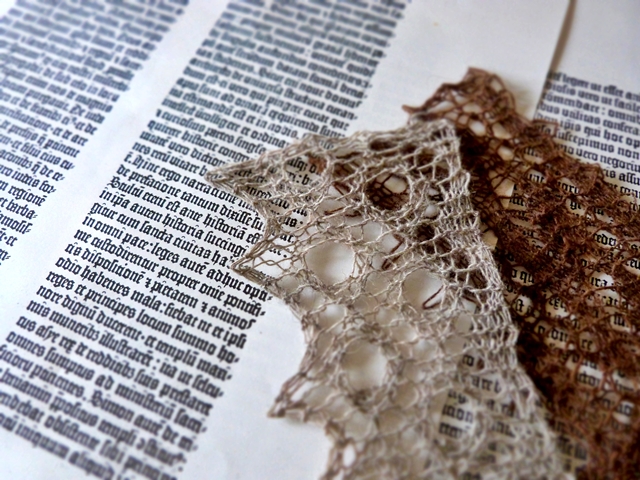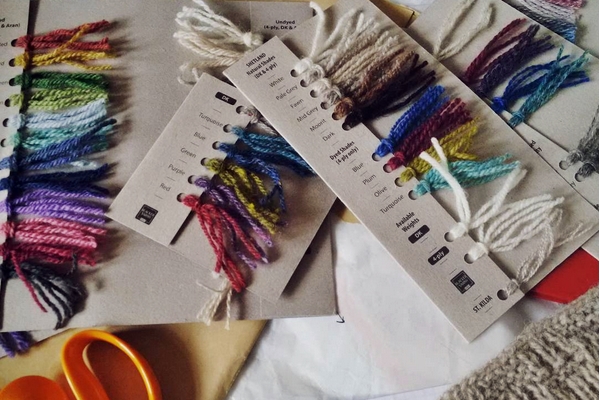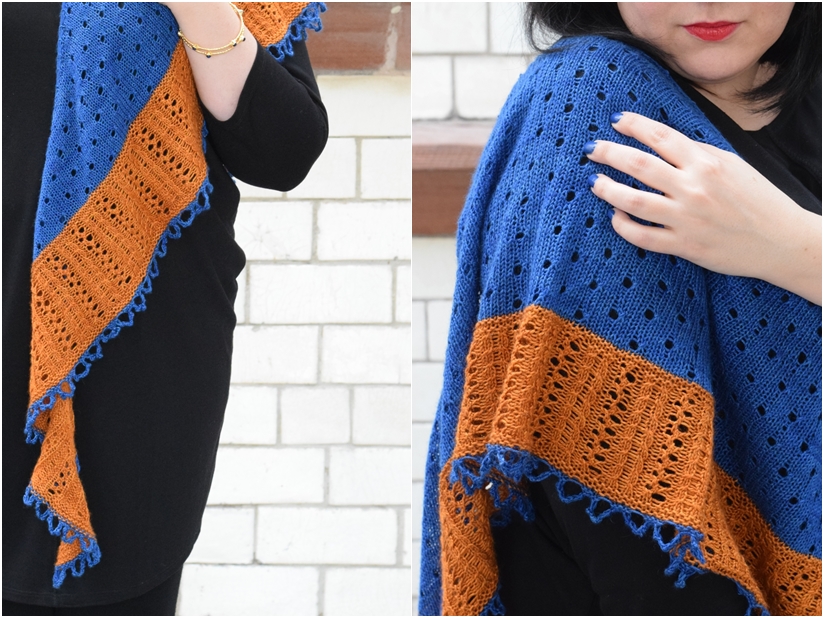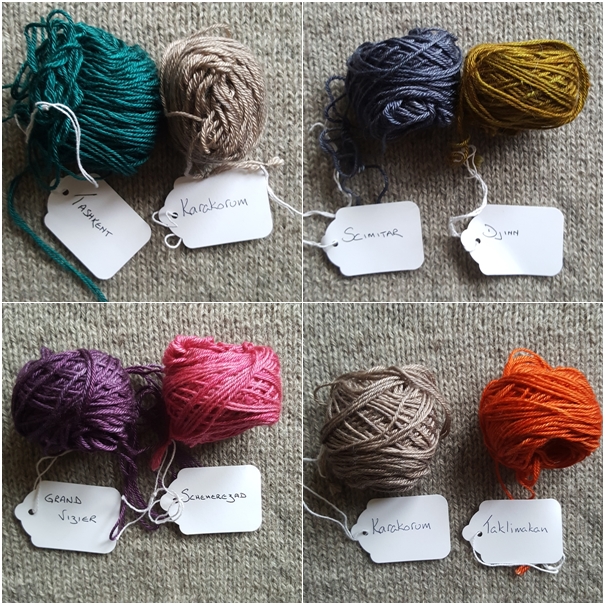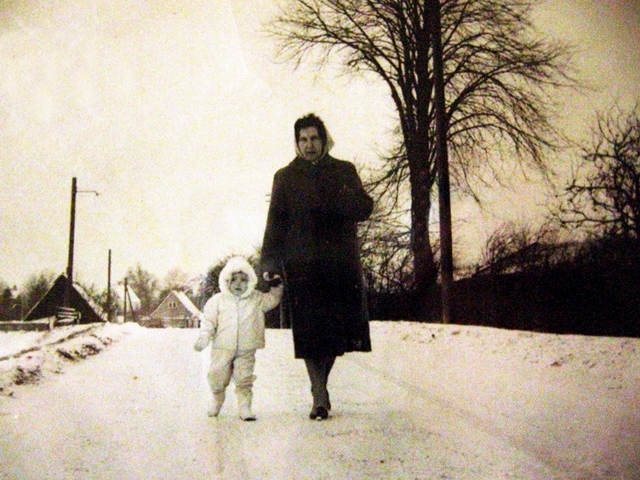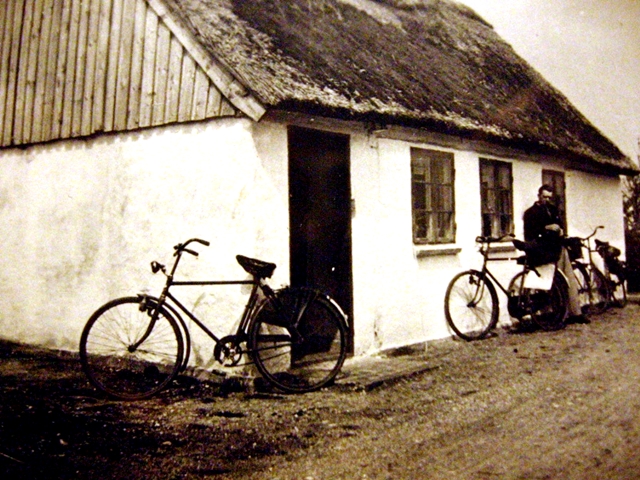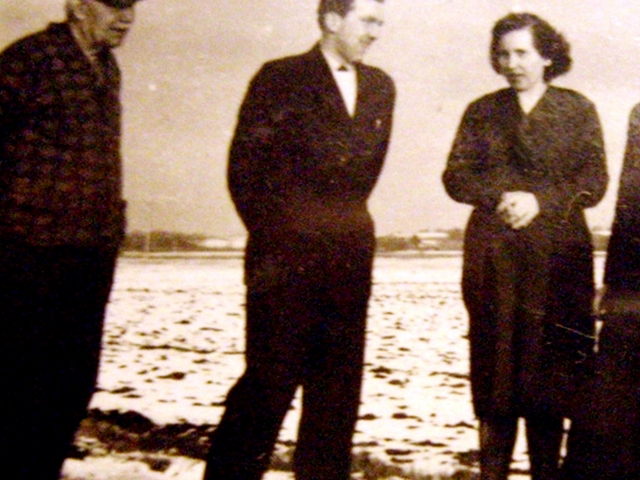Note from Karie: I’m currently very busy working on my forthcoming book, so over the next few weeks you will read a series of guest posts on creativity, making and identity penned by some very awesome people. You are in for a real treat as they explore our shared world of making. First up is yarn dyer and composer Angelina Panozzo who you might know better as GamerCrafting. This is a powerful and personal essay on what it means to lead a creative life when the world tries to get you down. I hear you, Angelina.
--
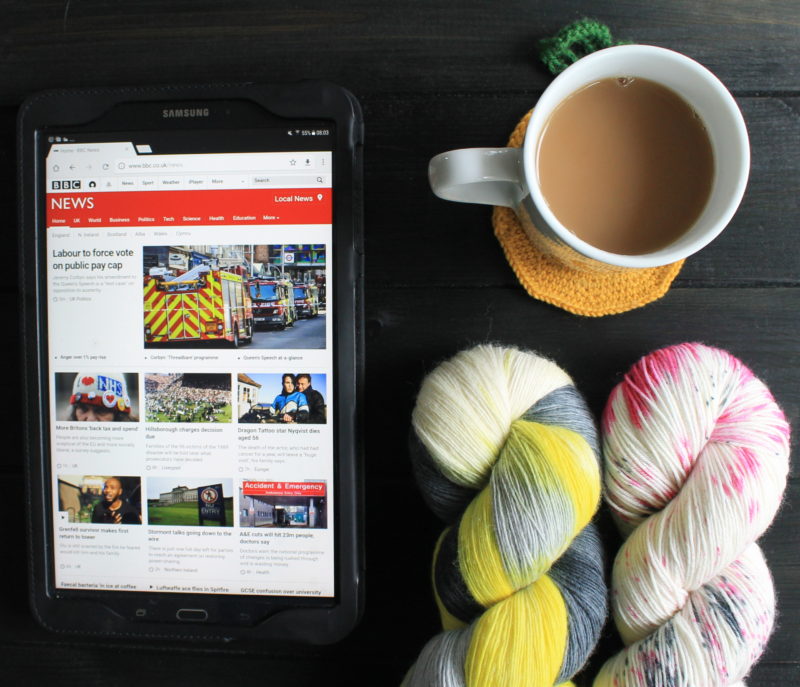
In today's society of “Instagram culture,” it's easy to get swept up in the belief that everyone else is living a charmed life, full of sunny successes and perfectly arranged yarn stashes. It's perhaps too tempting to forget that there are actual people on the other side of the screen with worries, stresses, and problems, who are just as stressed out and frazzled as you are. I'm certainly guilty on both counts, feeling toxic and jealous that some people seem to be living the high life while I stress-cry into my bran flakes three times a week.
I wake up every morning as the same person I've been for five years now: a gay immigrant. Neither of those things encapsulates who I am: I'm also an indie yarn dyer, a big geek, a gamer, and a gardening novice. Sometimes I design knitting and crochet patterns, and I'm trying to get a book out this year. I like woodland walks and fancy scissors, I enjoy photography and I studied music in university. While my friends would call me “A Creative,” it seems society only sees me as those first two things: gay immigrant.
With every headline I read, I feel like the air is being pulled from my lungs. It's a specific, acute kind of panic that only comes from being part of a marginalised community. It's like drowning, except you're sitting at your desk editing a new video tutorial while you schedule content. It's like being in open space without a space suit, except no one knows that you have no oxygen and they all want to know why the book isn't done yet.
I have the privilege of being white and speaking English as a first language: I will tell you that if both those things were not true, we probably wouldn't have had success with our immigration appeal in 2014 – not without having to shell out even more money for an immigration lawyer. For over a year now, my future in this country has been uncertain. I won't bore you with the long, complicated, frustrating details, but I'm only living here thanks to an EU visa. For over a year I've had to get up, read the news, drink my coffee, swallow my panic, and sit down at my desk to create things. Content, new yarns, patterns, create, create, create. There's no paid time off when you're a freelance creative. There are no breaks, no sick days to take when you want to sit on your kitchen floor and sob into a loaf of fresh soda bread.
Don't get me wrong: I love my job. I love being a part of this vibrant, shimmering community, and I've met some truly amazing people thanks to the work I do. I love the ethos of the DIY community, and seeing fellow creative humans discover new methods and techniques is what gets me out of bed at obscenely early hours every morning (yes, even weekends). Creating new things is what sets my brain on fire with inspiration and ideas, whether I'm dyeing up new yarn shades, writing a flute choir folk tune, or lugging 50kg of photography equipment into the wilderness to get a macro shot of a spider web covered in morning dew.
Sometimes, though, the fervour of inspiration is dampened by the quiet march of panic and uncertainty. It's hard to dream up exciting new things when you don't even know where you'll be living in a year, or if all the plans you've made will be dust in the wind of change. It's hard to plan in this reality: not knowing whether to stay or go weighs heavily on the immigrant mind. It's like the song by the Clash: “Should I stay or should I go now? If I say there will be trouble, but if I go there will be double.” Stay and risk it, or try for somewhere else and risk that? These are decisions that have to be made on a knife edge of doubt, and you're never sure whether you're just panicking because you're predisposed to brain bats, or whether it's a clear and present danger.
Creativity and DIY innovation are the lights at the end of the proverbial tunnel for many of us.
Whether you're struggling with immigration, parenting, mental illness, chronic pain, or a myriad of other stresses and maladies, we're all in this big creative boat together. Step into the craft canoe, fellow maker: we have cake, yarn, and shoulders to cry on.



 Image 3 ©
Image 3 © 